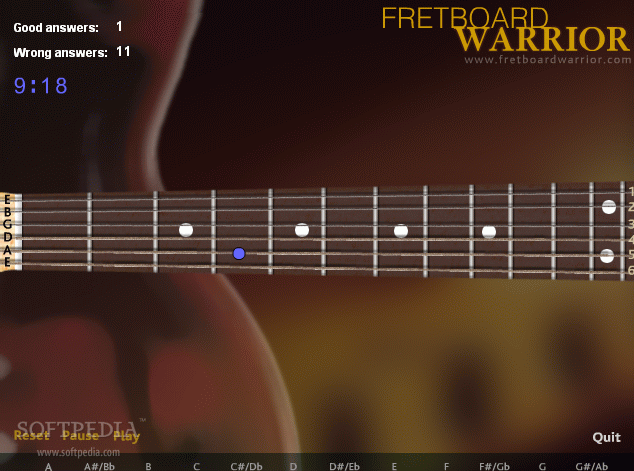This is something of a test lesson for my Truefire workshop...they gave me some advice on how they wanted the video done so I've got a completely different (and much simpler) process. The sound isn't optimum because of the size of the room I work in but I think it will do.
The lesson content is just a supplemental lesson since the workshop is geared towards more intermediate players but I figured this would fill in some gaps for the guys who have played for a while already but never really learned where their notes are on the fretboard (and there are lots of them out there as I have learned in the last two and a half decades worth of teaching).
Worksheet is attached.
The lesson content is just a supplemental lesson since the workshop is geared towards more intermediate players but I figured this would fill in some gaps for the guys who have played for a while already but never really learned where their notes are on the fretboard (and there are lots of them out there as I have learned in the last two and a half decades worth of teaching).
Worksheet is attached.



